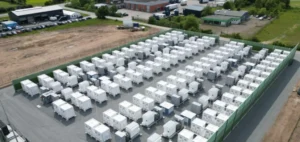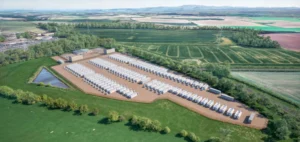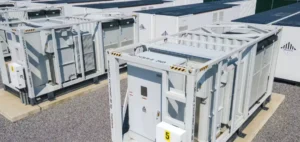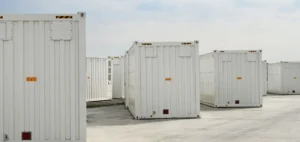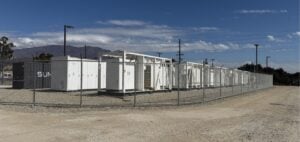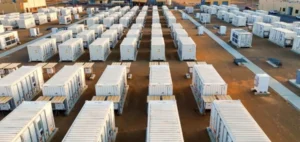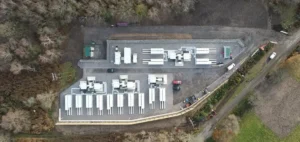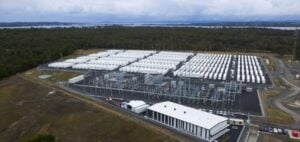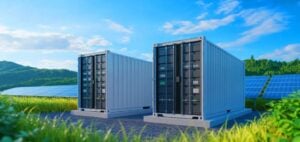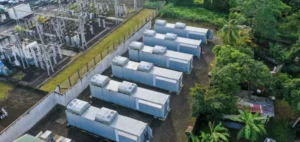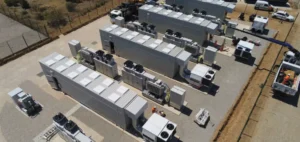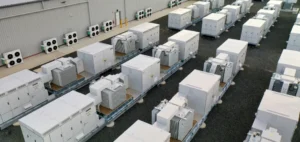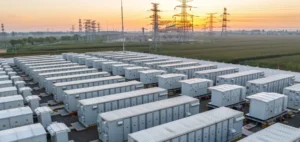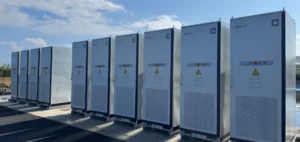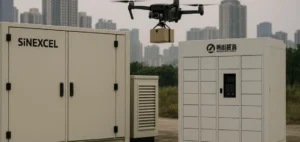Spain deploys a vanadium flow battery (VFB) with a capacity of 1.1 MW/8.8 MWh, the largest installation of its kind in the country. The project is being carried out in collaboration with the Fundación Ciudad de la Energía (CIUDEN), an organization under the Ministry of Ecological Transition and Demographic Challenge. This new storage capacity aims to support the energy transition by enabling more efficient management of renewable energies and offering greater stability to the power grid. Vanadium flux technology offers advantages over traditional lithium-ion batteries, including longer life without significant loss of performance, and improved operational safety. This installation is based on the EnerFLOW 640 model from **H2, Inc.**, which optimizes energy efficiency thanks to its modular design and technological advances, while requiring less floor space. These features make it an attractive solution for long-term storage, essential for managing the intermittency of renewable generation.
The challenges of energy transition in Spain
Spain aims to produce over 80% of its energy from renewable sources by 2030, and energy storage is a key element in achieving this goal.
The government plans to install 20 GW of energy storage capacity to stabilize the grid in the face of fluctuations from intermittent energies such as solar and wind power.
Flow batteries, such as those used in this project, provide a robust solution to meet these needs, offering long-term storage capacity and rapid response to variations in demand.
The flexibility of vanadium flow batteries means they can be adapted to different grid configurations, which is essential in the context of modernizing energy infrastructures.
This technology is therefore a strategic component in reducing dependence on traditional energy sources and maximizing the integration of renewable energies into the country’s energy mix.
Implications for the European storage market
The project in Spain reflects a broader trend on the european energy storage marketThe need for sustainable, efficient solutions is growing. Vanadium flux batteries, with their low maintenance costs and recyclability, are becoming a strategic alternative to more conventional storage systems. This project also illustrates the ability of new technologies to support decarbonization and stabilize energy grids. H2, Inc. which develops these battery technologies, sees this project as an opportunity to expand into the European market. With growing demand for long-term storage solutions, Europe represents a key market for the future of energy storage technologies. Successful projects like this could serve as a model for other initiatives in the region, contributing to energy security and grid reliability.



